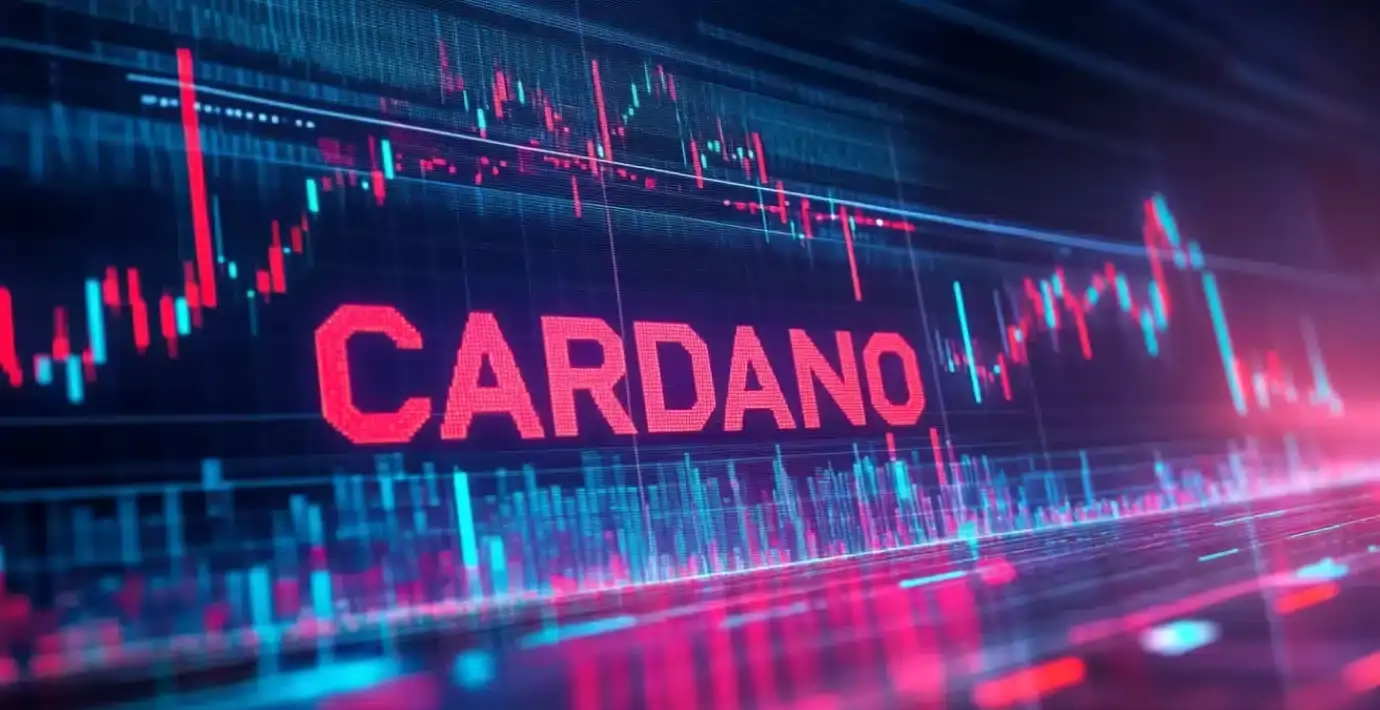In recent days, Cardano has staged a seemingly impressive rebound, rallying over 17% from its June lows and reclaiming levels above $0.60. At first glance, this surge might suggest a renewed vibrancy within the blockchain ecosystem. However, a deeper analysis reveals that this confidence may be misplaced. The rally appears driven more by speculative fervor and short-term developments rather than sustainable technological innovations. The blockchain industry is rife with such illusions, where price movements often momentarily mask underlying stagnation. While a new on-chain Bitcoin transaction on Cardano might spark optimism, critics rightly question whether these transient milestones truly translate into long-term value or merely gloss over systemic issues within the network.
An Overhyped Integration with Bitcoin and Its Limitations
The touted arrival of a Cardano-Bitcoin bridge, facilitated by Fluid Tokens’ pioneering on-chain transaction, represents a notable technical achievement. Yet, the perceived benefits are often exaggerated. The ability to incorporate Bitcoin into the Cardano ecosystem, while appealing, does little to resolve ongoing fundamental problems. Critics argue that similar functionalities already exist on platforms like Solv Protocol and Babylon, raising questions about the uniqueness of this development. The promise of enabling trillions of dollars to flow through Cardano hinges on a broad adoption that remains elusive. Integrating Bitcoin could have strategic advantages, but it shouldn’t obscure the reality that many users are skeptical about Cardano’s capacity to attract meaningful activity or sustain it over time.
The Reality of Cardano’s Stagnant Ecosystem
Despite the hype surrounding technological milestones, Cardano’s ecosystem remains largely inactive and underwhelming. With decentralized finance (DeFi) total value locked at less than $318 million and stablecoin supply stuck around $31 million, the network is often dismissed as a “ghost chain.” This stagnation underscores a significant flaw: the inability to replicate the rapid innovation seen on newer blockchains like Unichain and Sui. For an ecosystem aspiring to rival larger networks, these metrics are a stark reminder of its underperformance. The price chart further confirms this malaise, with ADA showing bearish tendencies—trapped below key moving averages—and poised for potential declines. The technical use of inverse pattern formations suggests that any brief rally may soon be followed by further downturns, underscoring the fragile nature of Cardano’s current momentum.
Is Cardano’s Future Just a Mirage?
Ultimately, Cardano’s recent price action and technological developments seem more like a mirage than a sign of true progress. The network’s heavy reliance on hype and speculations rather than real-world use cases creates a false sense of hope among investors. As a center-right liberal observer, I view this pattern critically: it’s a dangerous cycle of fleeting optimism that often blinds stakeholders from the systemic issues plaguing the project. Unless the ecosystem can transition from fragmented hype to genuine, scalable innovation, Cardano risks fading further into obscurity, unable to sustain even the veneer of a promising blockchain platform. The scenario remains perilous: a false dawn that, if unaddressed, will leave investors and supporters chasing illusions rather than tangible growth.

